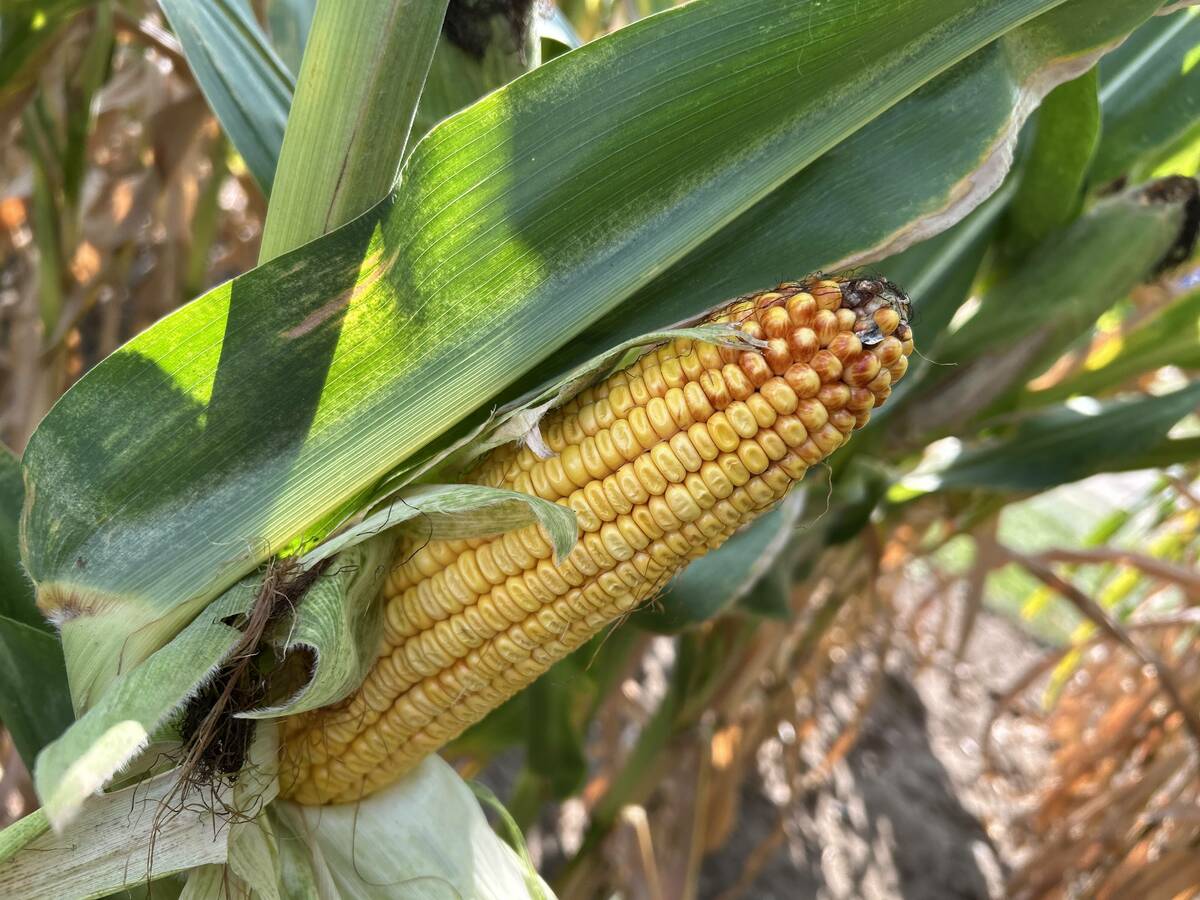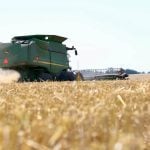Manitoba Ag Days | Dry spring predicted
BRANDON — Farmers in Manitoba and southeastern Saskatchewan almost certainly don’t have to worry about another saturated spring, says a leading American agricultural weather expert.
They will likely face a spring and summer with a “dry bias.”
However, the difference between dryish and really dry can’t be determined until La Nina shows the cards it’s holding.
“It’s all going to come down to La Nina,” Drew Lerner of World Weather Inc. in Kansas City told Manitoba Ag Days.
“It’s not going to be as wet as last year,” he said.
Read Also

Crop estimates show mixed results
Model-based estimates used by Statistics Canada showed the 2025/26 crop year has seen increases in canola, corn for grain, oats and lentils production while seeing dips in spring wheat, durum wheat, soybeans and barley in comparison to 2024/25.
“There’s no way we will be back into that situation again, no matter how much snow we get over the next few weeks.”
Lerner said a particular phase of the arctic oscillation combined with other weather phenomena combined to create the 2011 floods, which destroyed crops across southeastern Saskatchewan and most of Manitoba.
Those phenomena have little chance of recurring in combination, and the arctic oscillation has abated, so a weak La Nina will likely reassert itself and lead to a colder and wetter winter, a dry and cool spring and a dryish summer. Timely showers will likely alleviate summer dryness.
However, farmers in the eastern half of the Prairies will face much drier conditions if La Nina becomes powerful.
As a result, eastern prairie farmers should not wait for soil moisture to be ideal for seeding.
“The soil moisture for planting’s going to be on the low side,” said Lerner. “Not necessarily a drought, not something that’s critical, but something that you probably won’t want to wait around on delaying your planting (until) you have ideal conditions. If I’m right … you want to get an early start.”
Lerner said many prairie people might find it hard to believe they are living in La Nina conditions, with a colder and wetter winter bias, when the winter they’ve been living through has been much warmer and drier than normal.
But Lerner said that was all caused by the arctic oscillation, which has masked but not eliminated La Nina.















